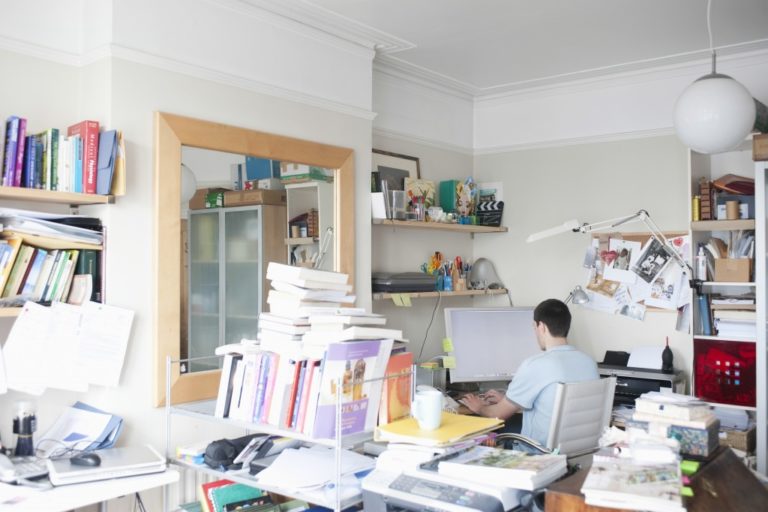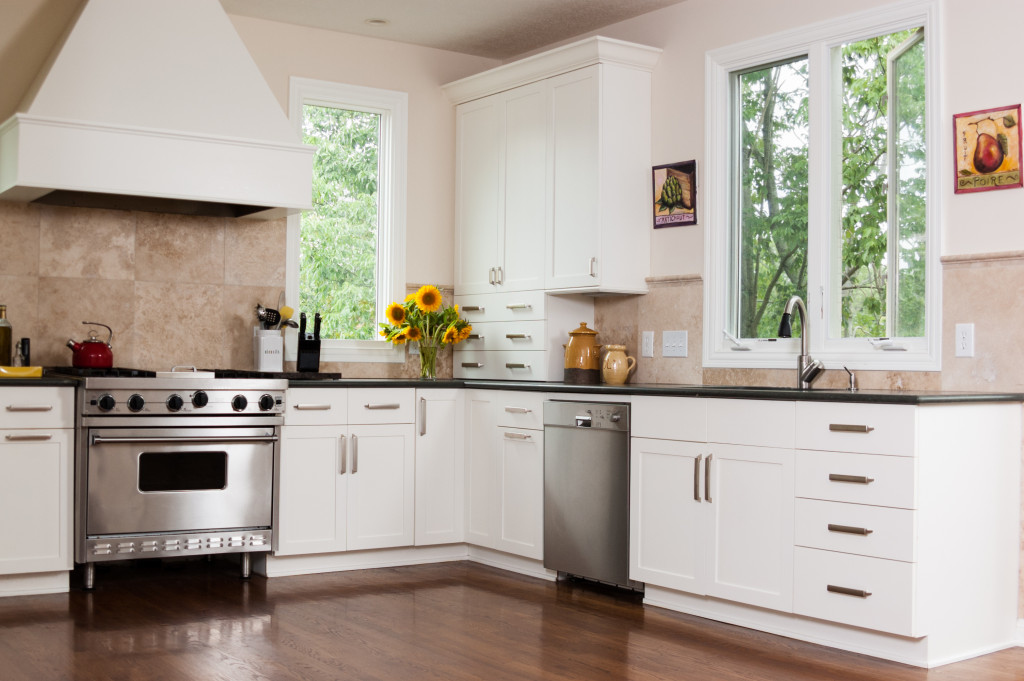Being uncomfortable in the office is no fun feeling, especially because it can take over your entire day and hamper the quality and efficiency of your work. Even if you’ve already planned out your week, this can throw an annoying wrench in that and make it hard to accomplish anything well. This list won’t go through interpersonal relationships and other subjective matters that may the cause of your discomfort. Still, it will go through a list of the usual suspects among general components in an office space that can make or break just how comfy it is to work there.
The HVAC isn’t properly fitted.
Your heating, ventilation, and air conditioning, are crucial aspects of any commercial or residential space, particularly because they not only provide the air we breathe well indoors as a pathway, but they can also determine how one gets any work done. If one is struggling to breathe easy, feels too cold or sweaty, stuffy, or even feels like the air quality is just plain bad, this can all be attributed to the system of ventilation your office space has.
Testing, adjusting, and balancing, or TAB, as it is called, is usually done in commercial construction and building because it allows contractors to check how the best operating condition can be achieved based on the structure. This way, ductwork is done right, and machines aren’t too small for space, among other things.
The floor plan is ineffective.
Whether your office is going for an open office plan or a traditional set-up, if it’s done wrong, it can affect the whole flow of events for people who have to traverse the space regularly and be in the space for prolonged periods. Either or will have its distinctive pros and cons even when done right, but this is what makes it more important to have a grasp of what it takes to design a space for actual people who have work to do but are significantly affected by their surroundings and how it serves them.
For instance, you may have put everyone too closely together that it’s uncomfortable or too loud. On the flip side, you could have spaced everyone out too much where it’s an unsettling and inconvenient distance from one employee’s space to the next.
Clutter is everywhere.
If there was ever anything that made people feel unhappy from its mere presence, that would be a clutter. This doesn’t just pertain to actual stacks of garbage piling up, too (though that can easily be managed by incorporating a ‘clean as you go’ system.) If things aren’t neatly set up, or there’s too much junk, wiring, and unused items clumped and dumped all over the place, it can affect productivity and immediately cause stress for anyone that has to work around that and look at it. Research has revealed that clutter can increase stress hormones and heighten the tendency for one to procrastinate on things that need to be done.
There aren’t enough natural light and elements.
 Lots of studies advocate incorporating more nature into workspaces because of how it affects employee’s mental health conditions and attitudes toward work. There is already a need for ample lighting to do things properly anyway, but natural light from the outside can not only provide much-needed ambiance and vitamin D but also instinctively increases the mood and positive attitude that workers have. This works hand-in-hand with natural elements, which complement the strength that sunlight has on job satisfaction. When workspaces feel too cold and lack parts that make it feel intrinsic to humans, it does no favors for mitigating stress and, in a sense, dictating the natural reaction of the body and mind in a beneficial way.
Lots of studies advocate incorporating more nature into workspaces because of how it affects employee’s mental health conditions and attitudes toward work. There is already a need for ample lighting to do things properly anyway, but natural light from the outside can not only provide much-needed ambiance and vitamin D but also instinctively increases the mood and positive attitude that workers have. This works hand-in-hand with natural elements, which complement the strength that sunlight has on job satisfaction. When workspaces feel too cold and lack parts that make it feel intrinsic to humans, it does no favors for mitigating stress and, in a sense, dictating the natural reaction of the body and mind in a beneficial way.
The workload or environment is not conducive to good work.
Just as the environment is made up of the physical components of the structure, much of what makes an office a place of discomfort and unrest is the energy put upon it by the people, particularly those in charge. If there is a propagated culture of distrust, harassment, fatigue, and other negative elements, this doesn’t make it a space that feels inviting and productive no matter how comfortable the seats are and how many paintings are up on the walls. This makes it important to monitor how the whole staff interacts and remains engaged, to prevent any unwanted issues from bogging down what would otherwise be a well-meshed operation.
These elements are common culprits in the question of “why is my workplace such a bummer to be in?” If one can solve these, then it’s already a significant shift in the right direction.






